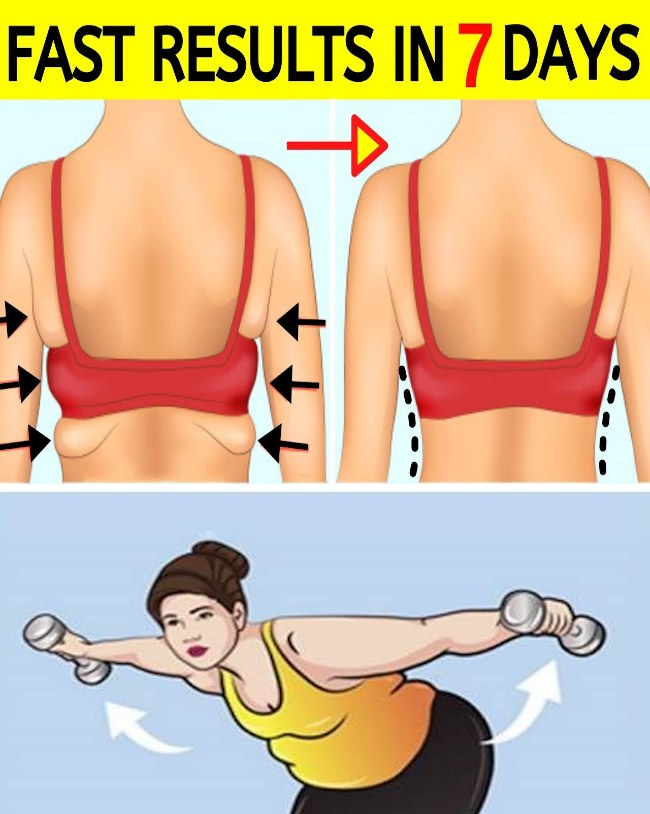How refreshing it is to get outside for a walk in the sun. Whether you’re hitting your favorite trail, heading to the beach, or doing some cardio around your neighborhood, a walking routine does wonders for your mind, body, and soul.
It can give you the mood and energy boost you’re looking for, strengthen your bones and muscles, help you lose excess body fat, and prevent certain conditions like high blood pressure, stroke, and heart disease. Let’s face it: Doing the same exercises at the gym is not the same, so we’ve rounded up three easy walking routines you’ll actually love doing.
We spoke to Laura Endres, Fyt’s personal trainer, about the best walking routines you’ll want to add to your fitness regimen. So grab your walking buddy or do these routines solo. Either way, you’ll burn calories and have fun while getting some much-needed cardio.
1. Fast and slow intervals
” I don’t know what it is about intervals, but I love them ,” Endres tells us. « It’s easier to understand a fast interval when you know it has a definite ending, which allows you to push yourself. Alternating speeds and difficulty levels gives you something to focus on (besides heavy breathing and working muscles). You get the best of both worlds: the benefits of higher intensity work (faster paces or hills) and active recovery work (slower paces) .”
Endres features interval suggestions for different fitness levels, from beginner to advanced, depending on where you are.
Beginner
- Warm-up: Assume a moderate pace as you walk for 5 minutes.
- Intervals: Alternate 30 seconds of fast pace with 1 minute of moderate pace (x8).
- Cool Down: Assume a moderate pace while walking for 5 minutes. Then stretch.
Endres explains that the 30-second fast interval is when you want to walk at the fastest possible pace while maintaining good form, pumping your arms and performing a quick rotation of steps. If you’re doing this walking workout on a treadmill or in a hilly area, Endres says you can march at an incline.
After the 30 seconds are up, it’s time to slow down and walk at a moderate pace – “ the pace you use to get from your car to the store; not terribly fast, but not super slow either ,” as Endres says.
Intermediate
- Warm-up: Assume a moderate pace as you walk for 5 minutes.
- Work intervals: Alternate 1 minute of fast pace with 1 minute of moderate pace (x10).
- Cool Down: Assume a moderate pace while walking for 5 minutes. Then stretch.
For the fast-paced 1-minute interval, walk at the fastest pace you can sustain. Eventually, Endres notes that this could turn into a light race or sprint. If you’re doing this walking workout on a treadmill or in a hilly area, walk at an incline. Then, slow down to your moderate pace for 1 minute until you start the next interval.
Advanced
- Warm-up: Assume a moderate pace as you walk for 3 minutes, then run, maintaining that moderate pace for 3 minutes.
- Work intervals: Alternate a 30 second sprint with a 30 to 60 second walk (x15).
- Cool Down: Assume a moderate pace while walking for 5 minutes. Then stretch.
2. Cardio + Strength Intervals
If you want to kill two birds with one stone – that is, work on cardio and strength at the same time – this will probably be your new favorite workout. « Alternate walking intervals with strength exercises. Incorporate training exercises such as squats , park bench or curb climbs, and bent-over push-ups on retaining walls. Or, grab a resistance band or a set of light dumbbells for even more variation ,” Endres explains.
Feel free to select the exercises that make the most sense based on your personal fitness goals and the equipment you have on hand. Endres goes on to say that it’s crucial to practice and get 100% comfortable with the form before you even think about incorporating the dumbbells.
Here’s what a cardio + strength interval workout might look like:
- 1-minute walk (or you can walk from one corner to another, no matter how long it takes).
- From 10 to 20 squats.
- 10 to 15 dumbbell overhead raises (Stand up and hold two dumbbells at shoulder height. Palms should face forward. Exhale as you press the dumbbells overhead.)
- 1 minute walk.
- 5-10 lunges per leg (you can use a tree, sturdy traffic sign, or retaining wall for balance).
- Do 10 to 15 incline pushups (You can use a sturdy park bench or retaining wall for this exercise. Endres notes, ” The higher the incline, the easier they are .” Opt for the floor or a curb for a move more advanced).
- Repeat the exercise until completing 30 minutes.
3. The coin walk
This exercise is a really fun way to enhance your typical walk around the neighborhood or your local community. Put on your shoes and take a coin, and you can go out into the street.
Endres says: « Decide when you are going to flip the coin, either after 1 minute of walking or when you come to a corner. Then decide what heads and tails mean .” And he adds: « The ideas are endless! And this can be a really fun way to include the family, especially the children. They’ll love tossing the coin, and I’m sure they’ll come up with fun toss ideas, too .”
Some ideas to get you started:
- If heads, turn left; if tails, turn right. Make sure you don’t miss out.
- If heads, run to the next block; if tails, walk backwards for 30 seconds, safely of course.
- If heads, do 15 squats; if tails, do 15 jumping jacks.
- If heads, perform 30 seconds of lateral, left and right jumps; if tails, hold an iron for 30 seconds.


